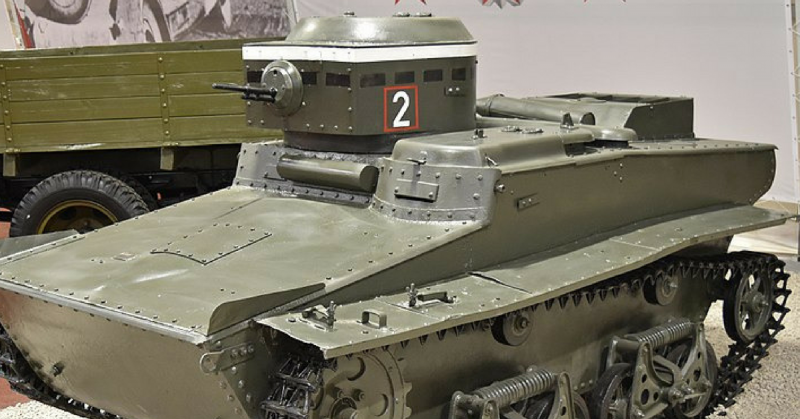In 1915, the French designers came up with a self-propelled engineering charge with remote control bearing the name “Torpille Terrestre“. It had a caterpillar mechanism with an electric motor, which could deliver up to 200 kg of explosives to the enemy’s position.
The news of this invention made an impression in the military circles of the Soviet Union. At that time, it was decided to create a Soviet radio-controlled tank.
The first radio control tanks or teletanks in the Soviet Union appeared in 1929-1930. The designers of the Special Technical Bureau for military special purpose inventions, the All-Union State Institute of Telemechanics, Telecommunications Institute and the Electromechanical Research Institute worked on their development and production at different times.
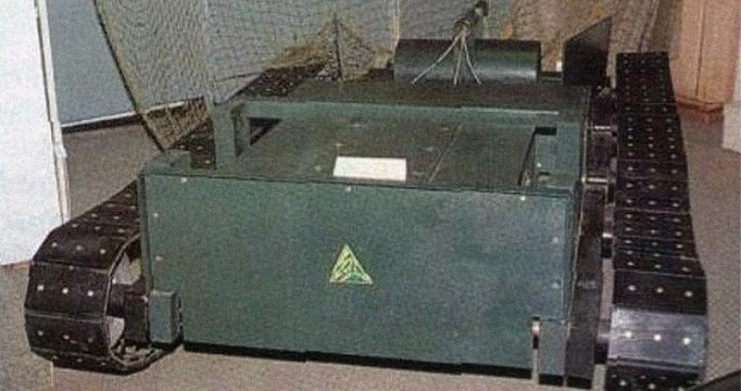
In 1929-1930, the Soviet Union tested the French tank FT-17 remotely using a long wire. A year later, remote control equipment has been upgraded and installed on a Soviet tank T-18.
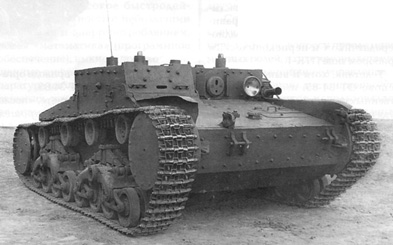
In addition, the new teletank was radio-controlled, but at the same time very slow. It developed a maximum speed of only 2.49 mph The T-18 could perform only primitive commands from the operator – to move forward, left or right and stop. As part of the development of controllability, the robotic complex was also installed on the tank T-26 and the teletanks TT-26 and TT-TU created on this basis.
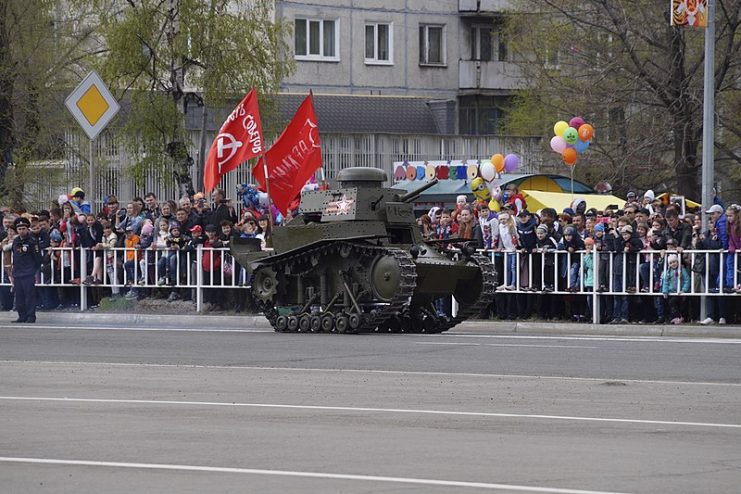
In 1933, a new teletank TT-18 was manufactured. The new model had many opportunities in comparison with its predecessor. TT-18 was controlled by 16 teams, had better maneuverability and speed, and had the ability to jam the engine to blow up the transported mine to release toxic gases and a smoke screen. The maximum possible remote control distance was 0.9 of Mile. In clear weather, the real control distance did not exceed 500-1000 meters.
TT-18 provided a system of protection against enemies. In the event of a teletank leaving the control zone, it stopped automatically to prevent it falling into rival hands, the enemy installed a mine in the tower of the tank weighing about 1 kg of TNT, which exploded when the hatch was opened.
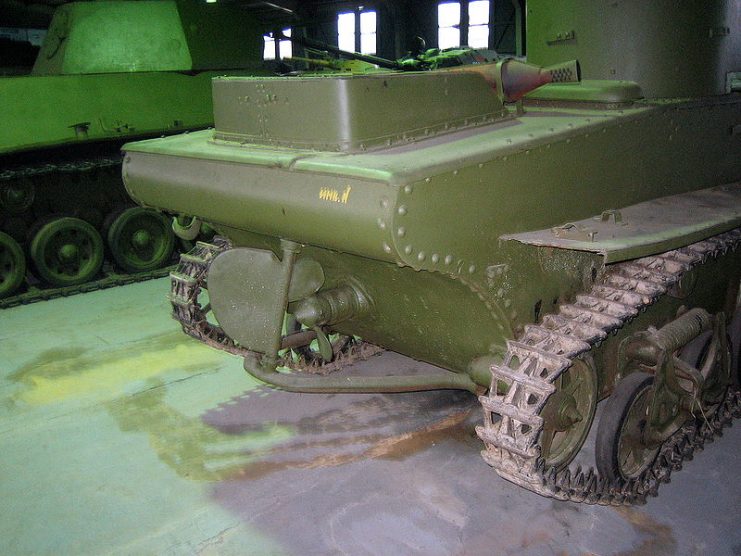
After large-scale tests conducted at the Moscow chemical testing range, a tank detachment No. 4 was formed. All the developments of radio-controlled tanks were classified. The test results revealed a large number of disadvantages of the TT-18.
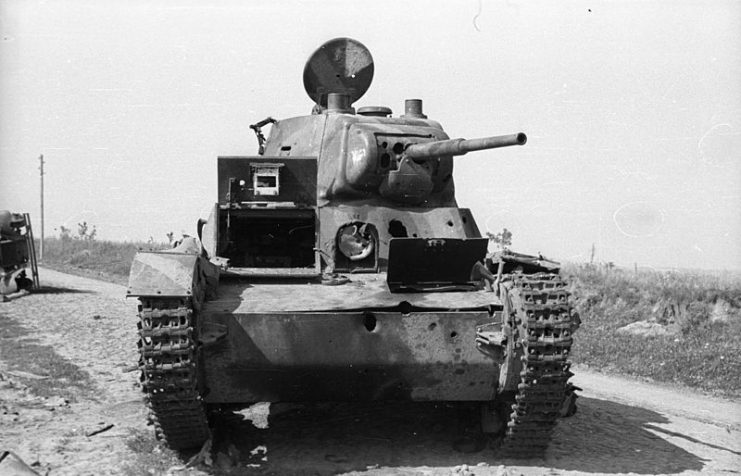
Due to the high center of gravity and small mass, even a small road obstacle under the tracks changed the trajectory of the tank’s movement. This subsequently led the TT-18 to be not mass-produced and not in service.
In the mid-1930s, radio-controlled groups of tanks were formed. Radio-controlled tanks had the opportunity during the battle to go into the mode of crew control.
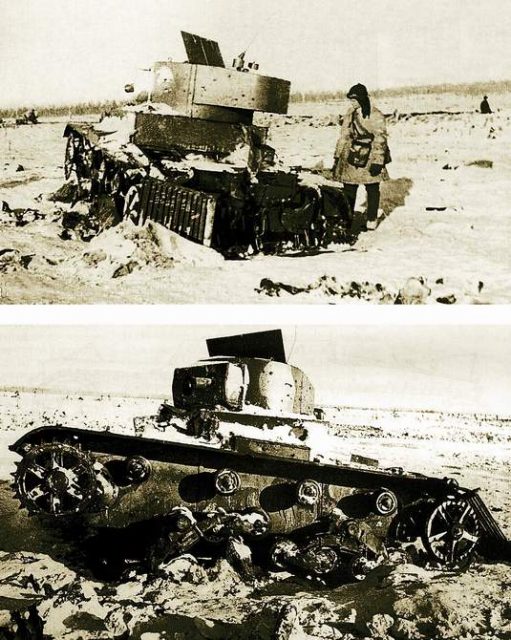
That is, if the opponents destroyed the main linear tank, then the crew had the opportunity to change seats in the teletank. In 1934, 55 teletanks TT-26 was released under the code name “Titan“. It was Titan that became the first teletank, which was used by the Red Army in combat.
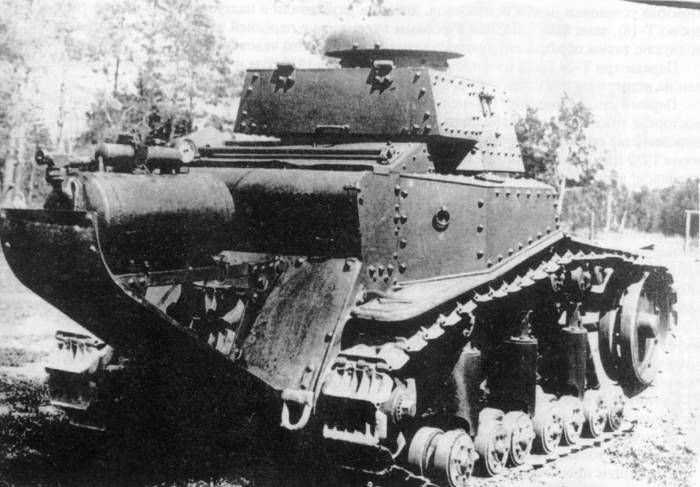
Soviet military designers created several versions of the teletank. Work was underway to create a floating radio-controlled tank based on the floating tank T-37A. It was planned to create a combat caterpillar robot based on a heavy tank T-35. Based on the high-speed tank BT-7, another tank was developed on the remote control A-7. And this is not the whole list of what was planned to be realized.
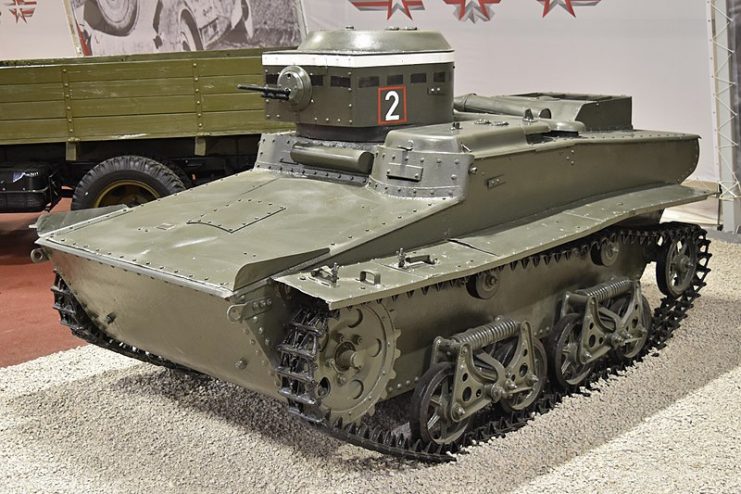
Tanks on radio control were used by the Soviet Union in 1940 during the war with Finland. The experience of using such tanks proved to be contradictory. Only a small number of teletanks managed successfully to do the basic function of participating in the offensive and delivering explosives to fortified firing positions in order to destroy them.
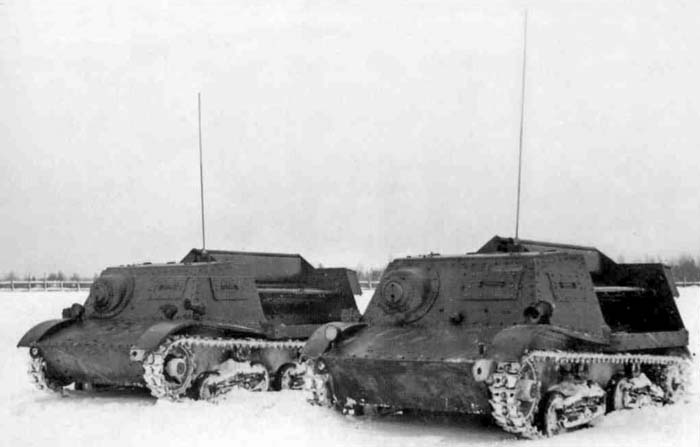
A greater number of teletanks, as well as the conventional T-26 and T-28 tanks, were often stuck in front of antitank stakes. Radio-controlled tanks often lost contact before they even came out of range with the command post and became an easy target for anti-tank guns. In some cases, they were used as transport for crew transportation. Often this inefficiency was due to the lack of intelligence about the terrain.
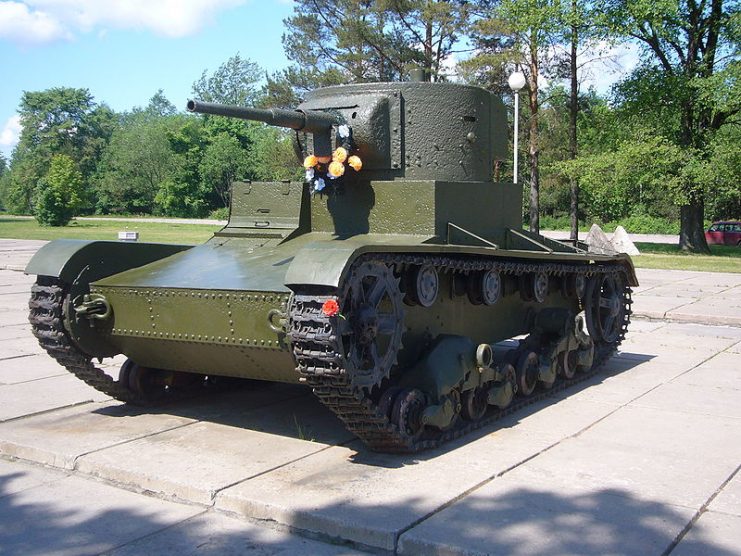
In 1940, the Soviet military command decided to focus on the creation of Demolition Tanks. However, during the existence of the project, two battalions of radio-controlled tanks were created. At the beginning of the Second World War, one battalion was located near Yaroslavl and was hidden. The second was located under the city of Rovno.
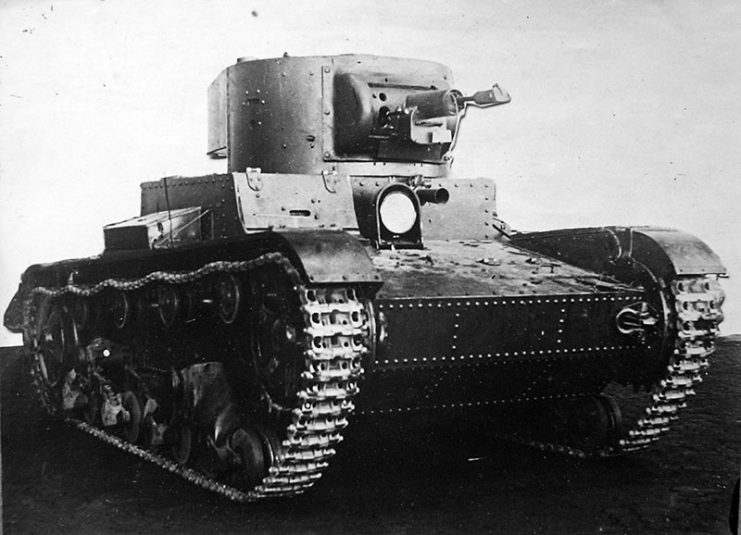
During the Great Patriotic War (World War II in the USSR) Soviet radio-controlled tanks were practically not used. In addition, Luftwaffe’s air strikes at the beginning of the war destroyed most of them. The remaining teletanks radio equipment was dismantled and they were used as conventional tanks.
